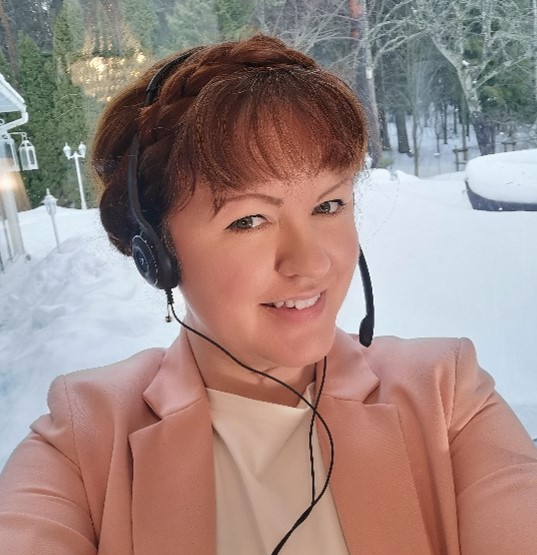
Scientists have embarked on several forms of autopsy to understand human behaviour and incidents. We are quite familiar with concepts such as medicolegal and psychological autopsy and even with global health social autopsy. However, a rather less used concept is social autopsy, which focuses on critical and systematic inquiry of a set of individual deaths. In this short text, I present one example of an ongoing qualitative study on how to apply social autopsy in criminology.
Timmermans and Prickett (2021) see social autopsy as a way to explain deaths occurring in similar circumstances, generate awareness and advise policy change. According to them, to fulfil its goals, social autopsy requires 1) selecting a set of individual deaths, 2) recognizing social embeddedness, and 3) observing causality.
Let’s consider these three notions in the context of victims of lethal violence, and to be more precise, in the context of young adults as homicide victims. To engage social autopsy, the selection of individual cases is highly important. For instance, social autopsy focuses on incidents with wide social relevance or exceptions to the rule. In our research, homicide victims aged 15–29 were the focus of the study. Worry about drugs, self-harm and violence among youngsters and young adults has been a rising topic in public debate during the past few years.
Further, according to the social autopsy framework, revealing sequences and comparing homicide victims with survivors of severe violence is undeniably important. Causality requires looking back to the events and life of the victims. To this end, interviews with the victim’s close ones were conducted. They were requested to share the life story of the victim with all its sorrows and joys. A comparison group comprising survivors of severe violence were also interviewed in order to weave the strings of causality.
Representatives of social autopsy argue that it is essential to discover the embedded social worlds surrounding the victim, such as local neighbourhoods, networks, cities and even nation states. To achieve this, governmental action plans related to topics such as drug policies, housing, schooling, and family policies are studied. Taking the analysis even further, practitioners applying these policies were interviewed.
While the research is still ongoing, allow me to contemplate few observations. First, it is challenging or even impossible to handpick the individual cases — interviewee recruitment is demanding and participation is of course voluntary. Given the sensibility of the topic and grief, it is also difficult to find cases where homicide has incurred in the recent past — it takes time for the close one to recover enough to be able to talk about the victim to a stranger such as a researcher. Second, each life story is unique, and establishing social mechanisms and risk factors leading to homicide is a balancing act for the researcher. Finally, while hearing the life stories, one cannot help to wonder, whose story it is — the victim’s or the close one’s.
Despite of these challenges, social autopsy certainly has potential to supplement or even challenge well-established traditions such as homicide reviews.
This research was funded by the Strategic Research Council (SRC) established within the Research Council of Finland, grant numbers 352600 and 352601.
Reference
Timmermans, S., & Prickett, P. J. (2023).The Social Autopsy. Sociological Methods & Research 52(4), 1681-1706. https://doi.org/10.1177/00491241211036163
About the author

Iina Sahramäki, PhD, works as a postdoctoral researcher at the Institute of Criminology and Legal Policy, University of Helsinki. Her research has included variety of topics in criminology such as homicide studies, green criminology and human trafficking. Sahramäki focuses on qualitative methodologies.
E-mail: iina.sahramaki@helsinki.fi
